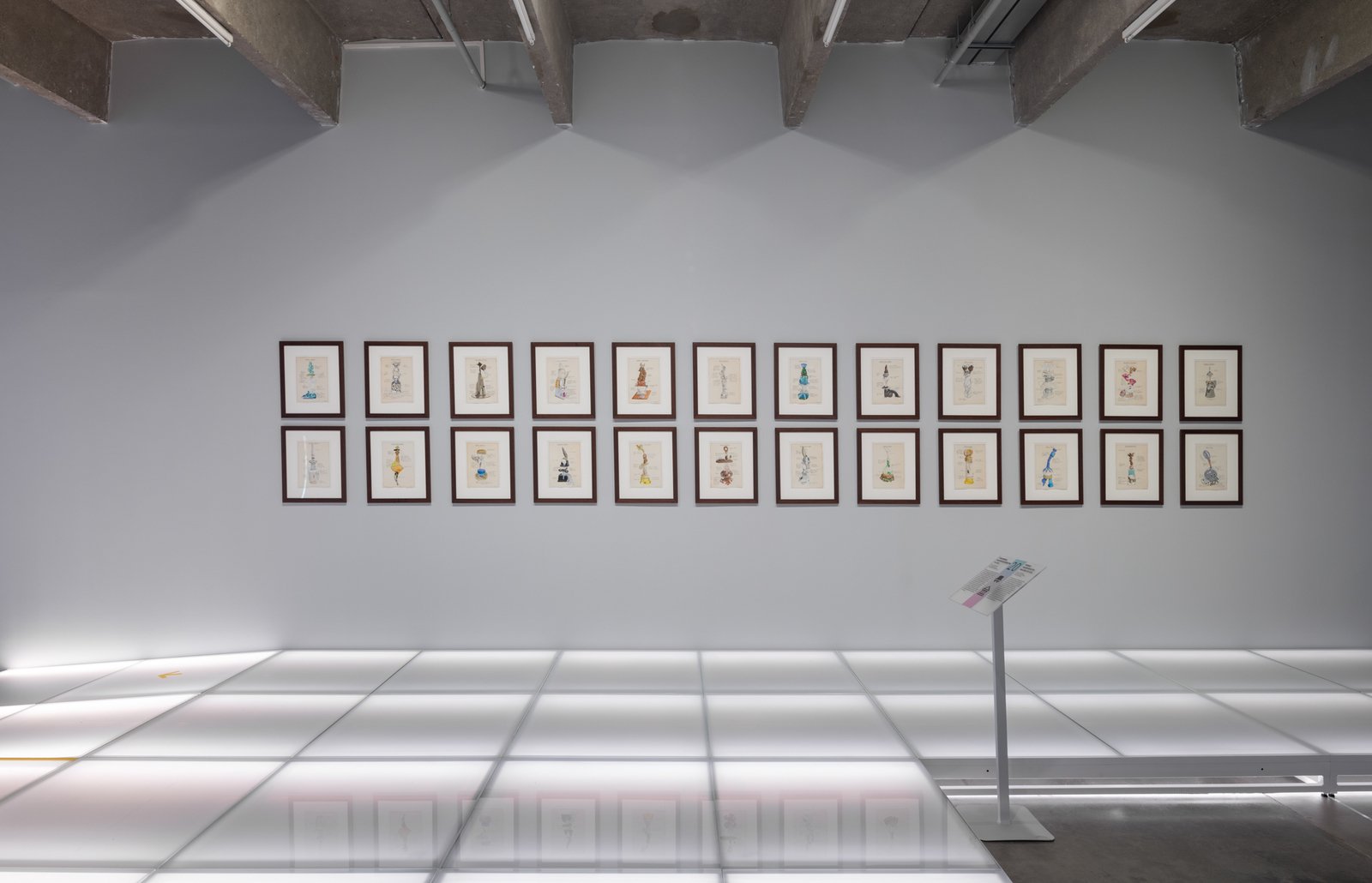MishMash group


MishMash group
Construction Set for David Hume, 2019–2020
Series of 24 drawing
Watercolor and ink on paper
29.7×21 cm each
Courtesy of the artists
Part two of Construction Set for David Hume comprises a series of 24 watercolor portraits of the towers seen by visitors in the installation. Executed like drawings in an anatomical atlas, they seem to explain what the towers are made of, while also revealing to the viewer the life and work of the MishMash duo. These minor objects and rarities, preserved as keepsakes out of pity or for future use, are elements of previous artworks, their ecological upcycling turning the principle of benefit inside out: they came in handy after they became works of art, having forever departed the utilitarian world. With the help of a name generator, these absurd combinations acquired titles reminiscent of the Moscow conceptualist tradition, such as Awkward Uprising, Vile Scheme, and Accomplice of Delusions. The portraits’ dubious status—are they preliminary sketches for the tower sculptures or subsequent documentation thereof—and their expositional distance from the installation create a spatiotemporal tension.
One of the keys to understanding the artists’ concept is the philosophy of David Hume, which almost destroyed philosophy as such. A consistent empiricist, Hume believed that nothing can be cognized through experience and observation, since the sequence of phenomena does not reveal a connection accessible to our observation abilities, and only previous experience and habit inform our imagination regarding cause-and-effect relationships between things. According to the artists, “all the mental constructions that we humans produce involve the selection of elements and their adjustment to each other—our erudition, education, hormonal balance, experience, what we ate for dinner, how much we slept, the book we read, our Facebook friends, secret desires, etc. We are piling elements one on top of another to try to build a picture of the world, just as previously we used to put an elephant on top of a turtle with the same purpose.” Observations of last year’s events have shown how little our assumptions about reality really mean, and how our forecasts for the future are accidental because they are based, as Hume had it, on the habit of conceiving the future through thoughts arising from the past.
EL